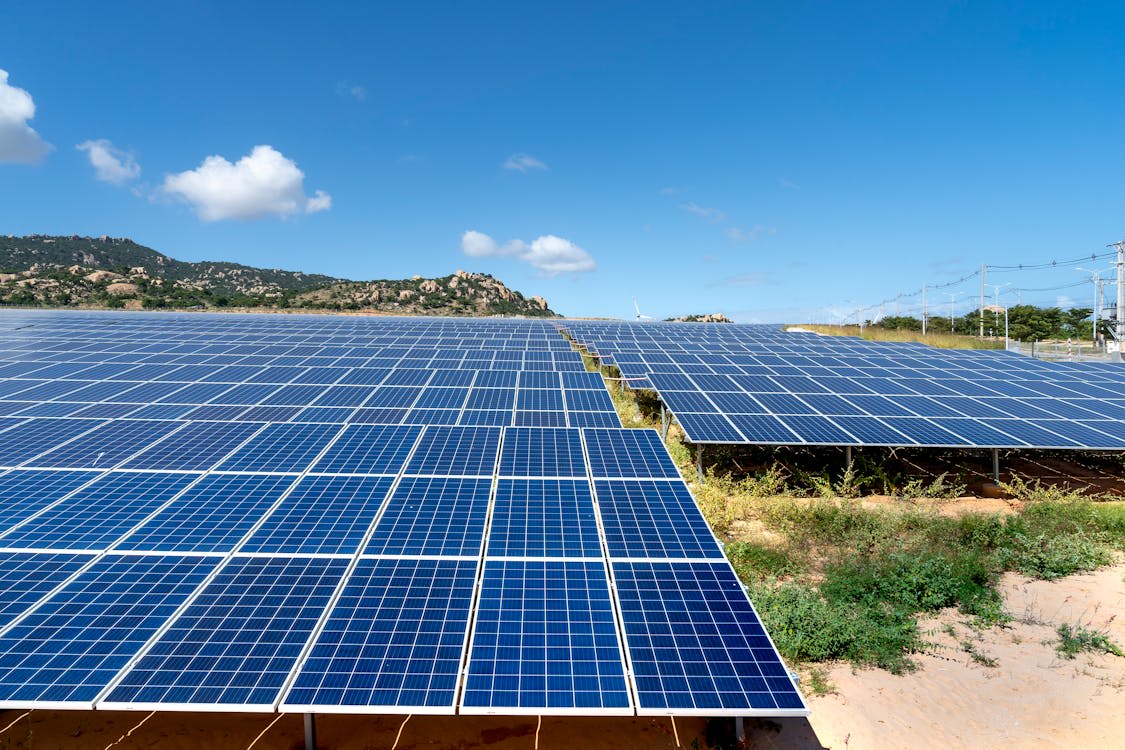Written By: Faith Jemosop
A severe winter cold front has gripped large parts of South Africa, bringing with it icy conditions, heavy snowfall, and devastating consequences. Over the weekend of June 7–9, at least five people died in a fatal traffic accident on the N2 highway, thousands were left without power, and communities across the Eastern Cape and KwaZulu-Natal provinces are reeling from a rare and powerful storm that experts say may be part of a worrying climate trend.
Top Developments at a Glance
- Fatal accident on N2 highway: A crash involving multiple vehicles claimed five lives on an icy stretch of the road in the Eastern Cape. Poor visibility and black ice are believed to be contributing factors.
- Widespread snowfall and road closures: Heavy snow blanketed parts of the Eastern Cape, KwaZulu-Natal, and the Free State, disrupting travel and prompting road shutdowns.
- Power outages: Eskom reported extensive outages due to damaged power lines and downed infrastructure, with many communities still in the dark days later.
What Triggered This Cold Front?
According to the South African Weather Service (SAWS), a strong polar cold front moved in from the Southern Ocean late last week. The system brought freezing temperatures, snow, and intense winds to much of eastern and southeastern South Africa. While such fronts are expected during winter, this one was unusually severe, classified by meteorologists as an “extreme weather event.”
Temperatures in some mountainous areas dropped below -5°C (23°F), and snowfall of up to 20 cm (nearly 8 inches) was recorded in higher-altitude towns like Barkly East and Kokstad.
Tragedy on the N2: 5 Dead in Fatal Pileup
The most immediate and tragic impact of the storm came on the N2 highway between Mthatha and Kokstad. Authorities confirmed that five people lost their lives when a vehicle lost control on a snow-covered curve, crashing into oncoming traffic. Several others sustained injuries and were rushed to nearby hospitals.
Traffic officials noted that black ice and poor visibility played a major role in the accident. Emergency services battled snowy conditions and limited access to reach the scene, delaying rescue operations.
Eskom Battles Widespread Power Failures
The national power utility Eskom reported a significant surge in outages as the storm swept across the country. Snow and gale-force winds downed power lines, snapped utility poles, and flooded substations.
By June 10, thousands of homes in the Eastern Cape and KwaZulu-Natal remained without electricity. Eskom said that while teams had been dispatched, conditions remained too dangerous in some areas to conduct repairs safely. They warned that full restoration could take several more days.
“We are experiencing delays due to ongoing snowfall, flooding, and blocked access roads. Please be patient as we work to restore services,” Eskom said in a public advisory.
Other Impacts: Flooding, Schoolchildren Lost, and Rural Damage
The effects of this cold front weren’t limited to snow. In Mthatha, severe rains caused local rivers to overflow, flooding entire neighborhoods. Tragically, a school bus carrying children was swept away in one such incident, resulting in at least six confirmed deaths. Several more students are still missing, and rescue teams are combing the area for survivors.
Rural communities, already vulnerable due to poor infrastructure and limited access to services, were among the hardest hit. In the hills of the Eastern Cape, villagers reported collapsed roofs, livestock deaths, and near-total isolation as roads became impassable.
A Climate Warning?
Though South Africa experiences cold fronts every winter, climatologists have raised concerns about the increasing severity and unpredictability of such storms. The simultaneous presence of heavy snowfall and destructive flooding is rare and may point to broader climate volatility.
“Climate change doesn’t always mean warmer weather. It also means more extreme, overlapping weather events, droughts followed by floods, snowstorms followed by heatwaves,” said Professor Naledi Ngcobo, a climate scientist at the University of Cape Town.
This cold front is reminiscent of the April 2022 storm that devastated KwaZulu-Natal, leaving more than 400 people dead and thousands homeless. Scientists now warn that weather whiplash, sudden swings from one extreme to another is likely to become more common across Southern Africa.
Who Was Affected?
Eastern Cape
- Fatal crash on the N2 near Kokstad.
- Widespread flooding in Mthatha.
- Thousands without power.
- Snowfall shut down several towns and schools.
KwaZulu-Natal
- Snow and strong winds across the Midlands.
- Rural infrastructure damaged.
- Power outages reported in Greytown, Dundee, and Mooi River.
Free State
- Snowfall around Harrismith and Bethlehem.
- Traffic delays and local road closures.
Also read: How Safe Is the Air You’re Breathing Today? What South Africans Need to Know
As of June 12, SAWS forecasts that the worst of the system has moved offshore, but cold temperatures will persist through the week. Some regions may still receive light snow and rain, particularly in elevated terrain.
Eskom continues restoration work, and emergency response teams are distributing blankets, food parcels, and generators in hard-hit areas. Authorities have urged citizens to avoid unnecessary travel, stock up on essentials, and assist neighbors where possible.
What You Can Do
- Stay informed: Follow weather updates from SAWS and traffic alerts.
- Avoid travel in snow-affected areas until roads are declared safe.
- Report outages or downed power lines to Eskom immediately.
- Check on vulnerable individuals, especially the elderly or those living alone.
- Support relief efforts through local charities and churches helping storm victims.
Also read: How Climate Change Is Driving Deadly Cancer Rates Among Women in MENA
This storm has once again exposed the fragility of South Africa’s infrastructure, particularly in rural areas. It also reminds us that extreme weather is not a future concern, it is happening now.
As cleanup and recovery efforts begin, South Africans are left grappling with loss, damage, and a harsh start to winter. But the storm also sparked widespread community solidarity, with citizens opening their homes, donating supplies, and checking in on neighbors.
In the face of adversity, resilience shines through.






